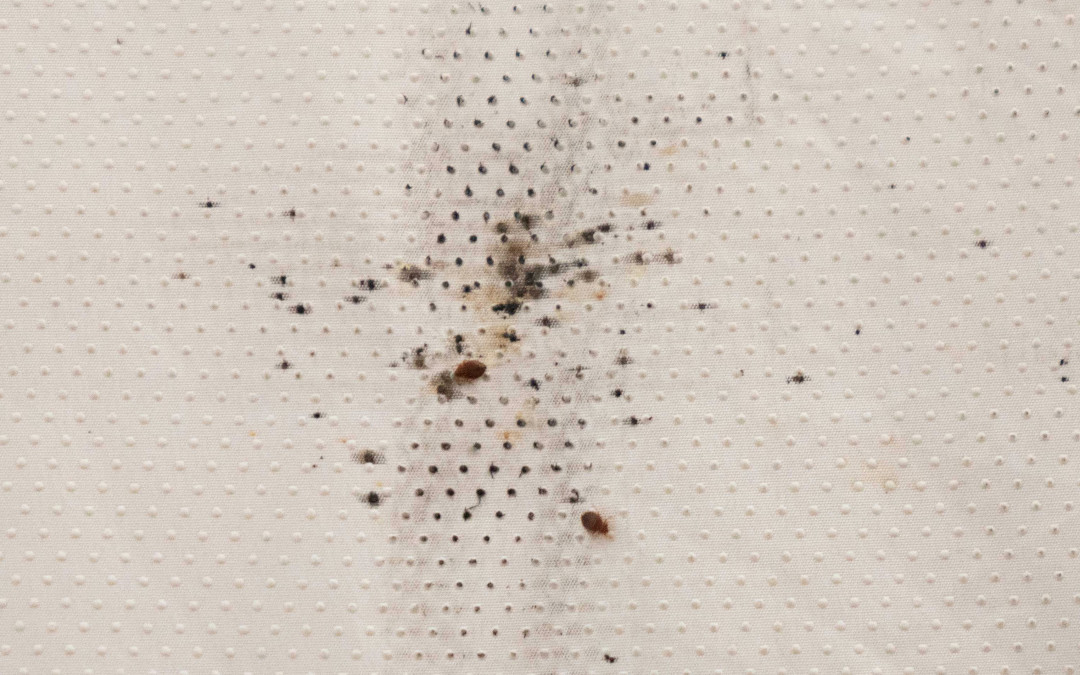Bed bugs are one of the very few insect pests that dwell solely indoors, and along with ants, flies and cockroaches, bed bugs (Cimex lectularius) are the most commonly controlled insect pests within homes and buildings. Surprisingly, the bed bug is the only insect species that relies on human blood as their primary food source, but if human blood cannot be obtained, they will avoid starvation by feeding on the blood of other animals, including dogs and cats. While adult bed bugs can live for as long as one year without consuming a blood meal, their ability to reproduce gradually diminishes without regular blood meals. Many pest control professionals agree that bed bugs are the most difficult insect pests to control. Their habit of congregating within inaccessible areas like wall voids, their ability to survive in homes for several months without food, their thick cuticle that repels chemical treatments, and their ability to proliferate rapidly are just a few factors that make bed bug infestations a challenge to eliminate.
For decades following the widespread establishment of the private pest control industry, bed bug treatments within homes consisted solely of insecticides, most notably DDT. When it comes to modern insect pest treatments, synthetic insecticides have taken a back-seat to non-chemical control methods, as it is now well understood that insects have the ability to rapidly develop insecticide resistance. Today, high-heat treatments combined with minimal amounts of strategically applied liquid insecticide is largely considered to be the most effective method of bed bug control. In some infestation cases, pest control professionals opt for insecticide dusts rather than liquids. Insecticide dust products include synthetic chemicals like pyrethroids, and desiccants like dichotomous earth. The former is falling out of favor because bed bugs can develop a resistance to synthetic insecticide dusts, but they cannot develop a resistance to desiccants. Although synthetic insecticide dusts are applied minimally and safely, their toxicity raises public health and ecological concerns. Luckily, researchers have found that silica gel, a dessicant, effectively kills bed bugs in both laboratory and field conditions. Desiccants kill insects by rapidly depriving them of internal fluids, and research shows that silica gel is not medically or ecologically harmful.
Have desiccant dusts ever been applied for the purpose of pest control within your home?

